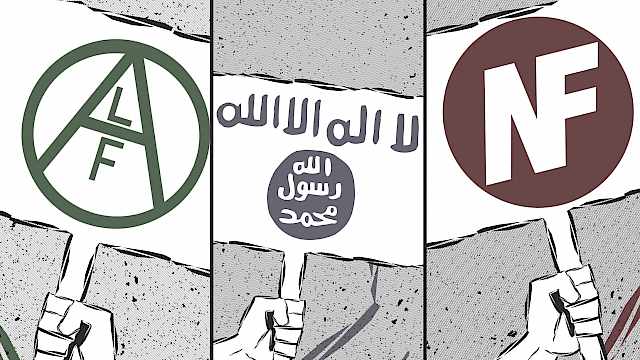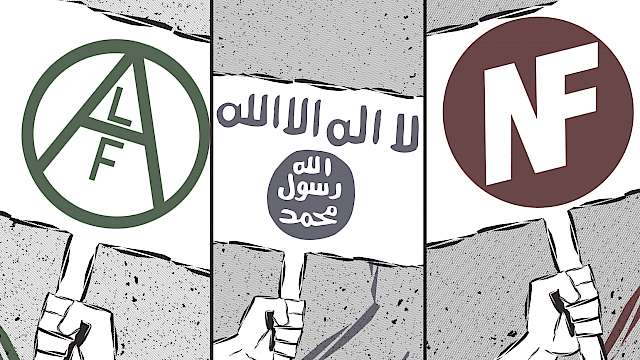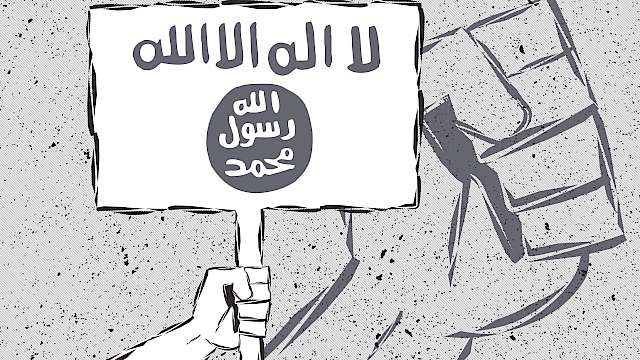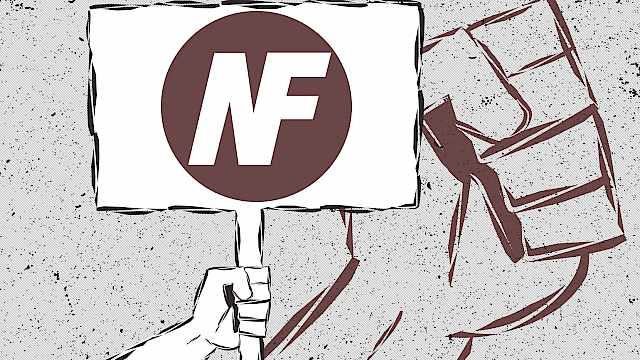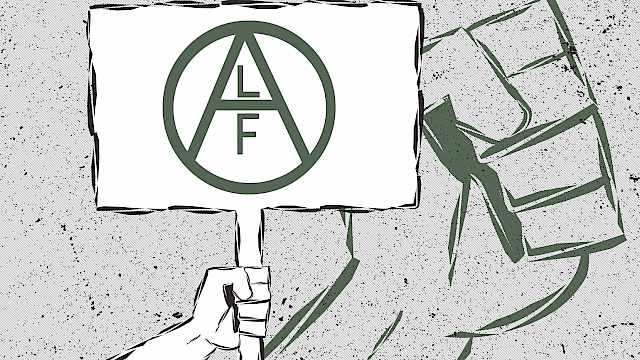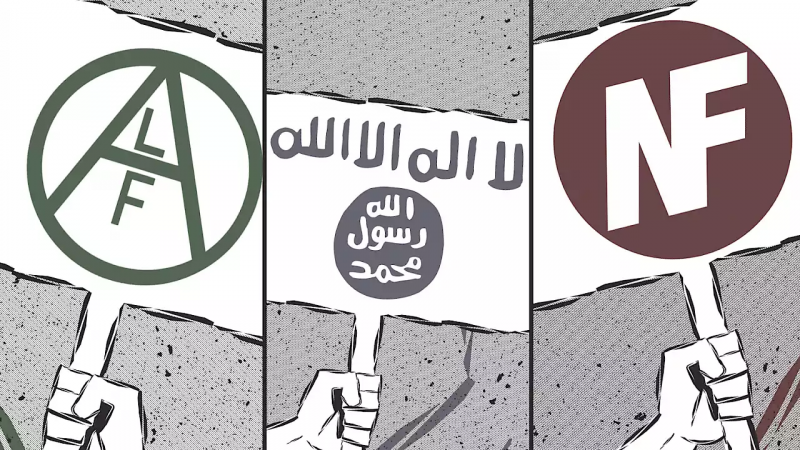
The Internal brakes on violent escalation
This project helps academic researchers and security, law enforcement and intelligence analysts develop a better understanding of decision-making within extremist or terrorist groups/movements by enabling analysis of a largely neglected dimension of their decision-making: the mechanisms through which group members themselves seek to inhibit or set parameters around the adoption of new or more extreme forms of violence – what we refer to as the ‘internal brakes’ on violent escalation.
In this project we develop a descriptive typology of these internal brakes. We do this by drawing both on a review of the general published literature on decision-making within terrorist or extremist groups, as well as through the development of case studies of three groups/movements with very different ideological underpinnings and characterised by very different levels of violence: the transnational and British jihadi movement between 2001 and 2016; the British extreme right in the 1990s; and the animal liberation movement in the UK from the mid-1970s until the early 2000s.
For academic researchers, the project provides new insight about the dynamics of non- or limited-escalation, a hitherto under-researched issue – and enables the development of formal hypotheses about how ‘internal brakes’ work, where, when and why: a crucial step in gaining a deeper understanding about the patterns of terrorist or extremist activities and how, ultimately, violence can be more effectively inhibited.
For security, intelligence and law enforcement practitioners, the typology provides a tool that can be used to refine understanding about the propensity towards and away from violence by particular groups or sub-groups, and assess how externally applied counter-measures might interact with, and sometime undermine, internal brakes.

